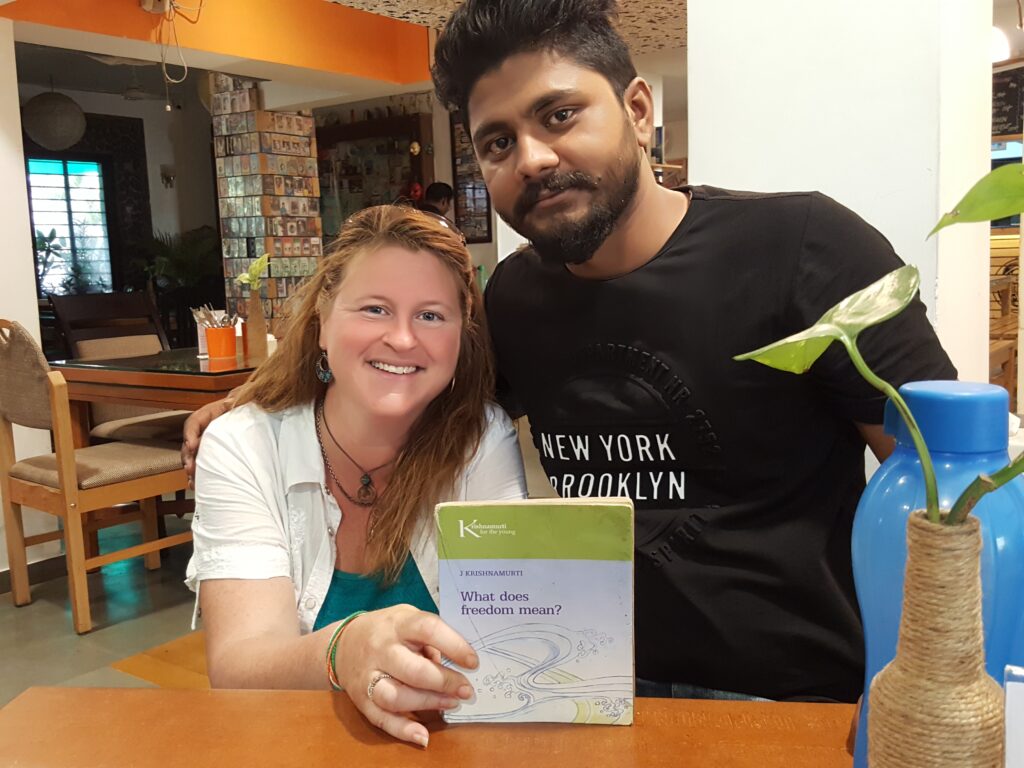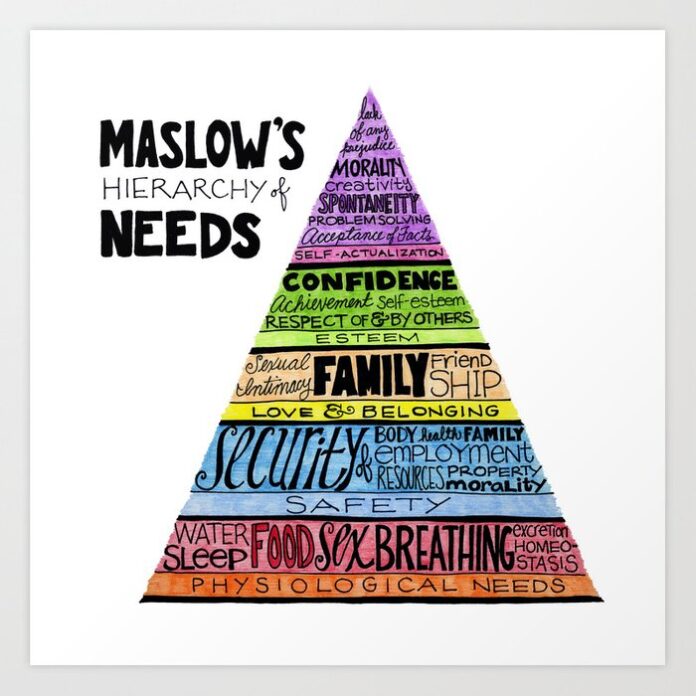In 1943, the psychologist Abraham Maslow developed a hierarchy to understand what motivates human behavior. From his idea emerged one of the most well-known and often misunderstood psychological frameworks of the 20th century.
This month, we will examine human relationships through the lens of Maslow’s hierarchy from base to pinnacle. This week, we explore how our basic needs (physiological and safety) become the foundation for all relationships.
Bonding
When I was in India in 2018, I met someone who remains one of my best friends. Akshay was at a local dhaba known for the best chai and masala omelettes in Nagpur. Akshay is an English teacher and was interested in speaking with a native English speaker. I was excited to have a discussion with someone who mentioned a love of Jiddu Krishnamurti, the great Indian philosopher for whom I also share a deep respect.

Surprising role of oxytocin
Our connection was instantaneous and we recognized in one another a kindred spirit. What happens when we meet someone with whom we feel a close bond? Many of our physiological needs are met. It’s a replication of the biochemical bath we swam in during our introduction to the world in our mother’s womb. We are well aware of the role of oxytocin in falling in love and friendship bonding, but a recent study showed that the “love” hormone actually increases when a relationship is in trouble. The implications of this are fascinating. It seems we are wired to “make it work.”
Until it can’t…An even more surprising finding from this same study revealed that when the relationship reaches an impasse and it’s time to “let it go”, oxytocin levels fall precipitously. It seems that we are wired to maintain relationships that meet our physiological needs, and when those relationships are no longer serving our growth (in humanistic parlance), our bodies hormonally disconnect from the attachment.
Competing physiological needs
Akshay and I happened to meet on one of the hottest days in the hottest month in the hottest city in India. As good as our conversation was, as strong as our connection was, after 6 hours, we had to yield to the unrelenting heat that caused sweat to pour into our eyes and dehydration that left us with severe headaches. We conceded to meet during the much cooler evening. The interplay of physiological needs was (and is in all relationships) complex. But the fact that we were compelled to end the hormone rush that was cementing our bond because it was just getting too damn hot also gives us some important data.
Maslow’s hypothesis about physiological needs being the foundation of human motivation is easily understood. As much as I was motivated to continue this dialogue with my new friend, my need for rest and shade and relief from a headache took over.
An understanding of just how fundamental the need for comfort is became the argument for the free school lunch programs in the United States. If kids are hungry, they will struggle to learn.
A child’s biochemical world sets the foundation
A child’s first relationship is to its world. The world begins in the mother’s womb. Is the fetus getting enough nutrients? Is the mother’s stress level sufficiently managed so as not cause a surge in cortisol in a newborn, etc? If a child’s physiological needs are sufficiently met, the child feels safe in the world, feels like its being matters, feels like its subjectivity has purpose and meaning.
Akshay and I did meet in the evening. We enjoyed a few drinks, and our conversation again led us to lose track of our surroundings. It was nearly midnight. The staff at the restaurant allowed us to stay while they cleaned up, but it was after women’s curfew in Nagpur. He had only a motorcycle to get me back to the flat.
Our discussions about Sartre and Kierkegaard came to a screeching halt. We wondered how I was going to get home, the light of the moon reflecting off my very pale skin. Our foremost thoughts shifted from synchronicity to evading the police: safety.
Maslow’s hierarchy: a nonlinear journey
A modification to Maslow’s hierarchy over the years has been to the linear way it was originally conceived. Researchers who followed Maslow contend that one’s movement toward greater autonomy is more fluid rather than having lower needs met first. In the example I’ve offered, it’s quite natural to understand the more spiral nature of how different motivations shift our behavior.
When I face a difficult situation in a relationship, I look to Maslow’s hierarchy to understand what is motivating me and potentially my partner. It has helped me through some very confusing times, and as you’ll see in the coming weeks, I hope to continue to provide examples through my deep friendship with Akshay.

